Chervil /Anthriscus cerefolium/, also known as wild chervil, is a delicate annual plant, which is a close relative of parsley. Chervil is in a family with celery, carrot and parsley - Apiaceae family. Reaches a height of 40-60 cm, blooms in the months from April to June with beautiful silvery white flowers. Its mature leaves turn purple in color and finally bronze. Then they lose their his sharp taste, so we use only green leaves.
Unlike most spices, chervil thrives in cool, shady and humid places. It grows well in open areas and in deep pots, because the roots are long.
Chervil is associated with Easter because its flavor very similar to myrrh, and his early buds symbolize rebirth. The plant is traditionally used on Easter in some areas of Europe - eaten as part of a festive ceremony on Holy Thursday. It was known as a seasoning for soup even to the ancient Greeks and Romans.
Composition of Chervil
The fresh green leaves of chervil contain large amounts of aromatic essential oils, vitamin C, minerals, magnesium, glycosides and carotene.
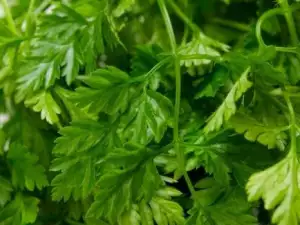
Selection and storage of chervil
Chervil can be purchased in dried form. It should be stored in a dry and cool place away from direct sunlight. If stored in a plastic bag and refrigerator, the fresh spice can last up to one week. One way to keep the incredible flavor of chervil is by placing it in vinegar.
Chervil in cooking
Flavor of chervil resembles that of anise. The most pleasant aroma are young leaves of the plant, when dried, they lose much of their flavor. Because of the sweet flavor, Chervil is often used to flavor soups and salads. In hot dishes, it should be added immediately prior to their presentation. Only a small amount of spice is enough to offer flavor.
In some dishes from North American cuisine, leaves of chervil are used to flavor poultry, baked on grill, fish and dishes with eggs. In French cuisine, it is used very often in the spring - young green leaves are mixed with cottage cheese or soft cheese /Camembert/ and oil. With the resulting green oil are brushed slices of black bread.
Often, leaves of chervil are added to sauces for fish and dishes with poultry, potato soup, lamb and goat meat. Chervil gives a very pleasant aroma and taste to dishes with lettuce, peas and tomatoes. Suitable for flavoring carrots, eggs and asparagus.
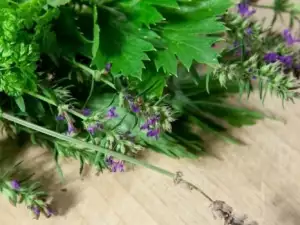
Chervil combines well with other herbs such as tarragon, basil and parsley. Some chefs call this spice "gourmet parsley". Chervil is an essential ingredient in the French blend "fine ERB." This is a general term with which French chefs indicate a mixture of finely chopped parsley, onion, chervil and tarragon.
Spices are aded in equal amounts. Different variations of this mixture exist, but the first three herbs are always required. In Norway and France, Chervil is often served as a side dish to meals.
Benefits of chervil
A combination of dandelion, chervil and watercress is extremely useful for boosting the body in winter, when the lack of vitamins is strongest. As most of the medicinal plants Chervil is useful for sluggish bowels. When prepared into tea, it may be used for wetting of the eye.
For this purpose, pour 1 tablespoon chopped fresh chervil, in 1 cup boiling water and leave to brew for about 10 minutes. When the potion cools, soak a cotton ball in it and is imposed on closed eyes for 10 minutes. Chervil lowers blood pressure and is a good diuretic.
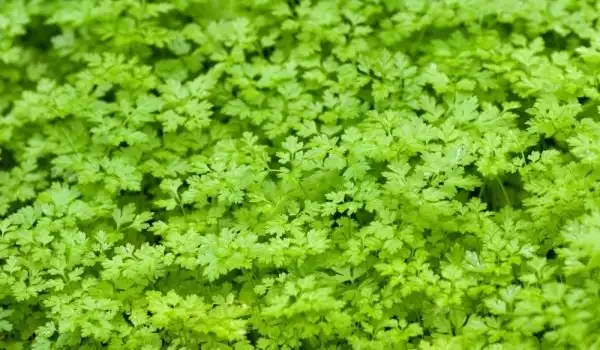
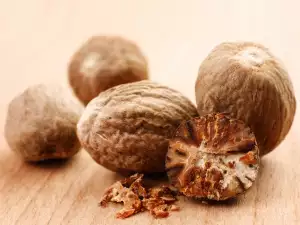
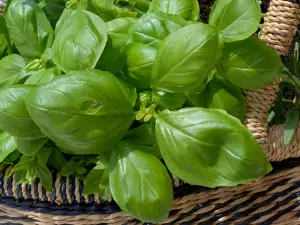
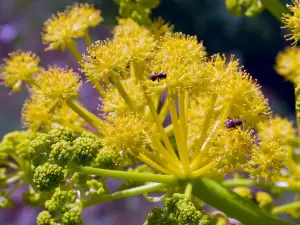
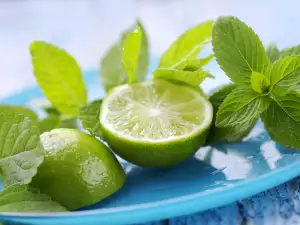
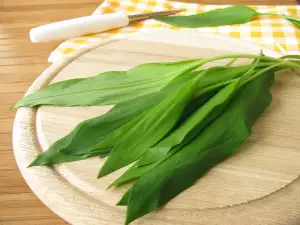
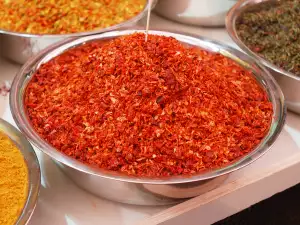
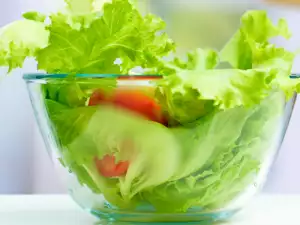
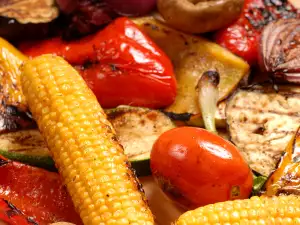
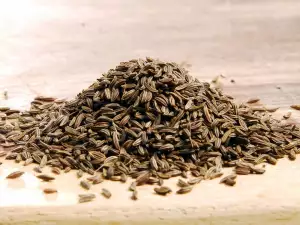
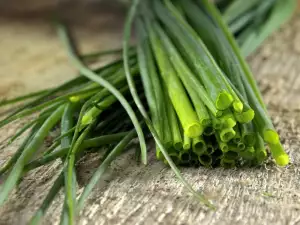
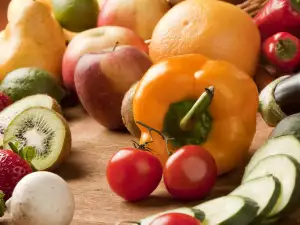
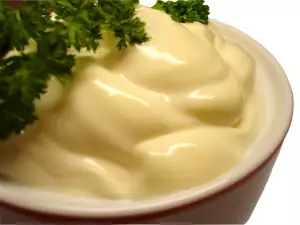

Comments